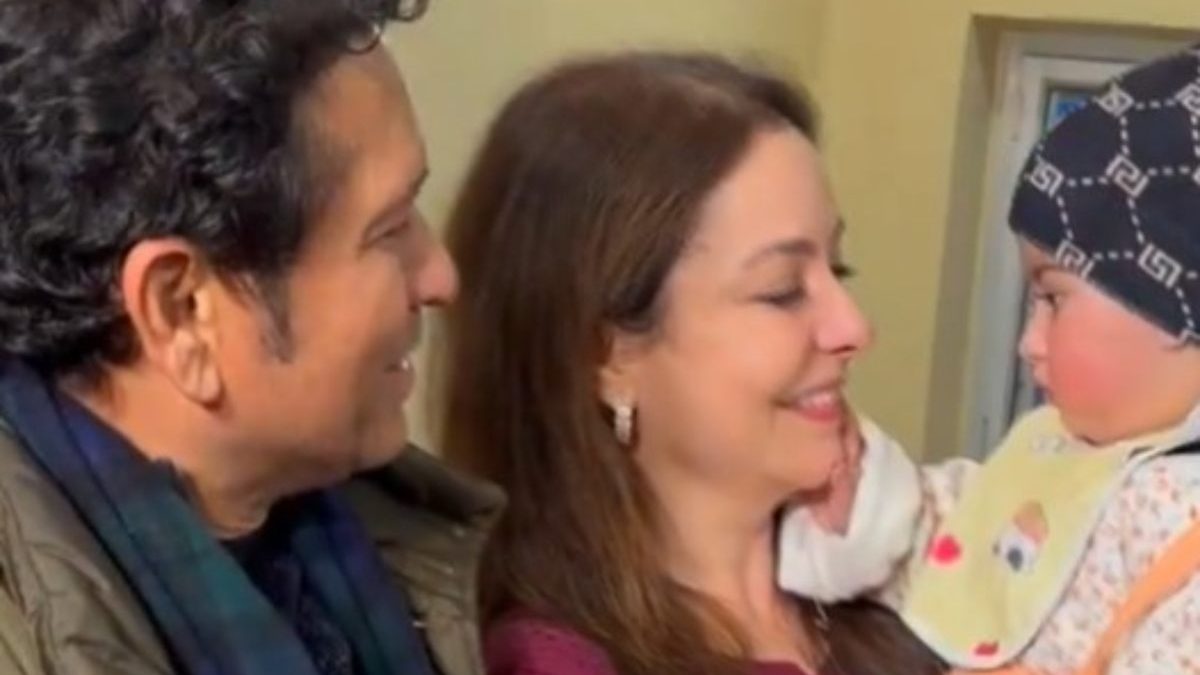Pulwama: His pet name is Shaukeen, which means zestful. At present, the name is a heartbreaking irony. For he is listless, alive but barely so.
I am not sure how bad his condition is when he first walks into the room unassisted, walking tall with quiet dignity. His hair is neatly combed and he is tidily turned out in a long pheran. His face is expressionless, partly because of his thick black shades.
For a moment, I am not sure how much he can see. For he walks through the door and to a corner of the room, where he sits down unassisted. His walk is slightly slower than it might normally be for a 25-year-old, but it is purposeful.
Shaukeen, whose actual name is Imtiaz Ahmed Sheikh, was a driver until he lost sight in both his eyes on 30 June this year. That was a week before the Valley erupted in turmoil.
Shaukeen had just returned from Jammu and was carrying his clothes into the small, barely furnished house. A public protest was taking place on the street just then, since two militants had been killed in an encounter. In response to the protests, the police and CRPF fired pellets. Shaukeen was hit and lost his sight.
There were no pellet injuries on his lower body, says the man for whom Shaukeen’s younger brother works — the man who plays host for my visit. For, he has taken over the expenses of the household. Shaukeen, he points out, was the sole breadwinner.
My brief encounter with Shaukeen leaves me sadder than any experience in 28 years of covering Kashmir as a journalist. Perhaps it is his silence, his calm fortitude, his withdrawn lifelessness.
A friend later tells me that Shaukeen has lost the will to live. He is not married and, being the eldest in his family, probably feels the weight of responsibility.
Five-and-a-half months after he was blinded, there has been no assistance or compensation from any side. The world has moved on, his half-existence ignored and forgotten.
Passer-by victims
The saddest part of Shaukeen’s story is that, like many of those who have been killed or blinded in Kashmir, this year and in 2010, he was a bystander in the cycle of action and reaction, fury and repression, stones and bullets. Indeed, like so many other victims, he may have been hit precisely because he was a bystander.
Pulwama-based educationist Tariq Ahmed Wani theorises that the forces avoid firing into the thick of a protesting mob, for that could result in several deaths. So, they target someone on the sidelines - who might not be involved at all. According to Wani’s theory, the mayhem that results from that hit leads to a shift in focus, even dispersal.
A couple of days ago, the government put out another explanation, talking about ‘a stray bullet’ as the cause of a young man’s death in Anantnag. Perhaps the two versions overlap to some extent.
Certainly, a large number of victims in Kashmir are said to have just been at the wrong place at the wrong time. Down the road from Shaukeen’s little house, I visit another small, barely furnished house, also along the highway from Srinagar to Pulwama. The owner runs a traditional baker’s shop half a kilometre away.
His 15-year-old smart and talented son, Irfan Malik, had gone with him to the bakery at dawn on Sunday, 10 July. Around 8 am, the boy decided to return home. He carried a bag of bread with him for the rest of the family.
A large convoy of the CRPF came down that road just then, for fresh forces were being deployed after the mayhem the previous day - a day after militant commander Burhan Wani was killed on the evening of 8 July.
A mob of boys pelted the convoy with stones. The convoy stopped. The CRPF and accompanying policemen got down to beat back the protesters. According to his father and some neighbours, Irfan was walking home down a side path off the highway when he was hit by a bullet.
Versions of what happened often differ in Kashmir. This much seems clear, though: those who get killed in forces’ action are invariably economically poorly off, like both Shaukeen and Irfan. And it is often a single person on the sidelines of a mob who gets killed - or, like Shaukeen, blinded.
To most of us, both are victims. But one of his neighbours says that, to Shaukeen, those who die on the spot are actually better off than he.


)




)
)
)
)
)
)
)
)